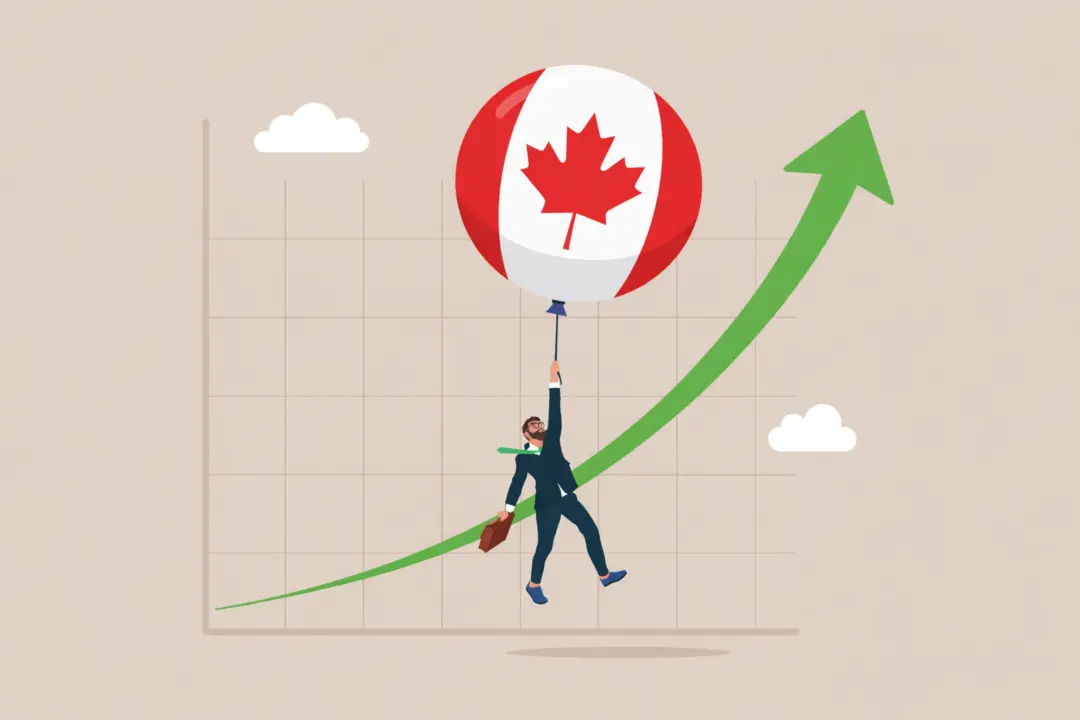The Canadian government’s plan to put in place a tax on digital services has prompted the United States to call it “discriminatory,” sparking a diplomatic row between the two countries.
The tax is a three percent levy aimed at foreign companies—many of which are based in the U.S.—that receive revenue from Canadian subscribers and contributors. It will take effect in January 2024 and is retroactive to the beginning of 2022.





